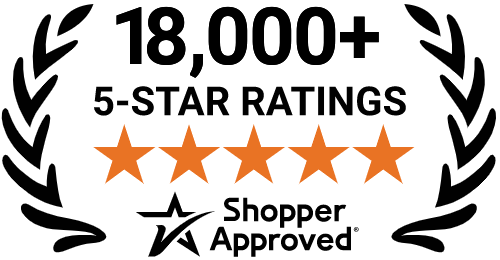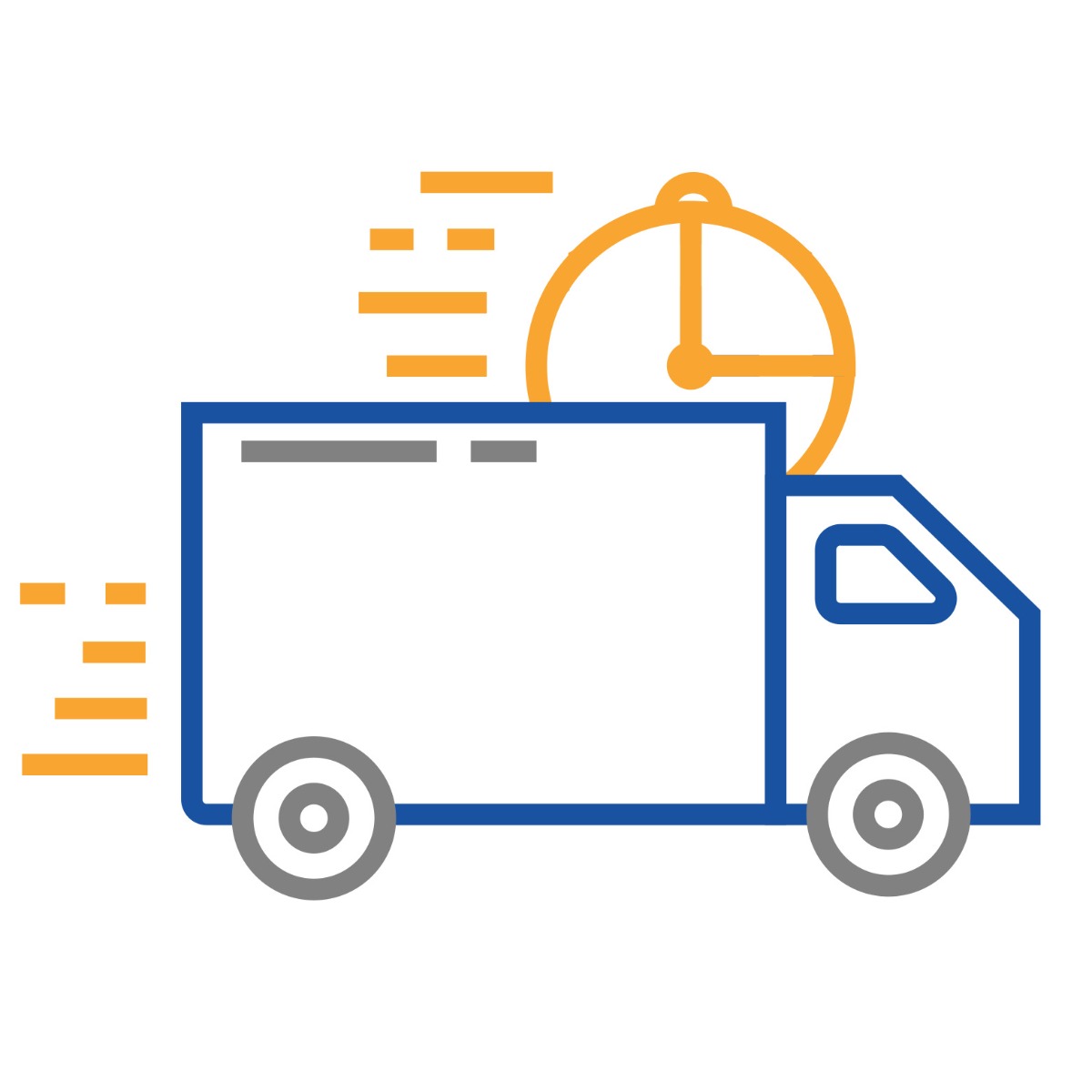How Can Video Recording Glasses Assist You In Your Daily Life?
The screens are an integral part of our daily lives. Whether in front of the television, our smartphones, and tablets or computers, our eyes are continually exposed to screens throughout the day. The living conditions of today no longer allow us to get rid of them. In the office, for leisure or to communicate, screens have become indispensable.
According to a study conducted in 2014 in the United States, an American would spend an average of eight hours per day in front of a screen. This significant exposure to screens would even addiction.
Ever more realistic video games, ever more entertaining shows and the rise of social networks are the main causes of this addiction. The participative and interactive aspect of many platforms (video games and social networks) also pushes us to always stick to our screens.
After laptops and smartphones, will the new technological revolution be that of video recording glasses? One thing is certain: these high-tech glasses promise to show the world differently. The idea? That all kinds of applications and information are displayed before the eyes, increasing the reality. As if real and virtual were one but with what effects on our brain and our everyday life?
Technologies that show reality differently
Connection to the Internet, cameras, microphones, memory, processors ... The connected glasses, under development, add to what is found in most smartphones, to which they add a key element: the direct display of information in front of the eyes, without hiding the view.
Energy autonomy for a day
Advances in batteries helping (lithium ion or lithium polymer), glasses coming on the market claim a few hours of autonomy to a day of intensive use.
Analysis and storage of information in real time
Voice recognition, recognition of faces, shapes, gestures ...
The glasses process in real time all kinds of data, either locally (storage and computing power are equivalent to those of a smartphone), or via the Internet, servers and computer centers that support all or part of the storage and analysis required.
Localization and motion detection to the nearest centimeter
Magnetometer, accelerometer, gyroscope, GPS ... Sufficiently miniaturized to be housed in the branches, these sensors constantly indicate the position, acceleration, and position of the glasses. What to look for, identify the position and trajectories of objects in the field of vision.
Voice and touch communication discreetly
To order an action on the glasses: the choice is the voice, picked up by a microphone - with attenuation of noise and echo - and analyzed by software, or the touchpad. The glasses and distant interlocutors can be heard by bone transmission: the sound emitted by a special speaker in contact with the skull reaches the ears without being perceptible by the entourage.
The display on the glass of all kinds of information.
Miniaturized projectors broadcast the information provided by the network or the onboard memory (static images, videos, texts, ...) on all or part of the surface of the glasses, by means of tiny prisms housed in the glass, which also lets in the light from the scene before you.
The permanent connection
Whether the glasses communicate with the Internet through a smartphone, to which they are connected via Bluetooth, or directly (via their antennas 3G, 4G, wi-fi ...), they are mostly connected to the network to be able to display information adapted to the place, the moment, the context, the requests ...
The detection of light, infrared and motion
Sensors record the intensity of light, in the visible or the infrared, and provide information on the movements in progress in the field of vision. Useful for automatically triggering the display of certain information, or to adapt the display to the ambient brightness.
Capturing photos and videos in HD
To transmit at any moment, at a glance, exactly what is in front of one's eyes: this is the simplest use of glasses. It is based on one or two HD spy cameras, which capture images coming into the retina of the user.
Information about its environment
Seeing beyond appearances. With connected glasses, walking in a street will mean having all the information about the street, whether tourist or commercial, in the corner of your eye - here, an apartment is for rent; there, this bistro offers happy hours, etc.
Knowing where the user is (thanks to GPS and wi-fi) and in which direction he looks, an algorithm searches the database for information and locates it in the visual field using an arrow.
Depending on what you are looking around, it will be sufficient to launch the ad hoc application and then set it up. For example, for an apartment search, the classifieds will appear directly on the facade of the buildings concerned.
The same approach will identify in the urban landscape restaurants, bank counters, metro stations...
To obtain a very precise positioning of the information (place it on a showcase, for example), certain algorithms can be used, provided to have a photographic database. Like Google...
A surefire memory
This is only an example, but it is emblematic. Imagine that you can not find your car keys. Where did you leave them?
Instead of questioning your memory, you might soon ask the question to your connected glasses. Because the camera that equips them necessarily accompanies the slightest look of the one who wears them, but with equal attention that allows him to "remember" everything she has seen. One could then imagine digging into a kind of visual backup of one's own life, to pinpoint where and when the keys were last seen.
Which implies to film his life permanently ... But this idea has been making its way for a few years. Since, in particular, that the instantaneous storage of large amounts of data is within everyone's reach, and that we have become accustomed to feeding the social networks of any daily event.
It remains to dive into this manna. How? By entrusting an image analysis software to recognize the lost object, from the moment the user has "tagged" it.
For now, no pair of connected glasses offers this function. But, if we forget the problem of privacy - we should be able to film everywhere, which is already forbidden in some places - such a service, technically possible, could be quickly developed. And many familiar questions - what was the title of this book I was told about yesterday? -will remain unanswered.
Here, the glasses aim to increase our memory capacity.
A BLANK FOR THE BLIND?
The idea can make you smile ... But it is very serious. Glasses with a camera and a computer system capable of reading, recognizing objects or scenes and informing the wearer by voice synthesis that could make invaluable services to the blind.
Software developers have understood this, and a first prototype, proposed by the Israeli start-up OrCam, is already being tested.
Hearing impaired people could also benefit from eyeglasses displaying what their speech recognition software would hear for them.
Studies are underway to, in the same logic, to teach glasses to recognize sign language. And, already, glasses as simple as Google Glass will allow a disabled motor to do some things so far impossible, such as calling or texting ... without hands.
An almost telepathic vision
The desire to share an experience with those we love is as old as the world. In line with the postcard and the MMS, 3G networks allow today to show in video and live what we see. Glasses with a camera offer additional benefits: simply turn your head to frame the subject and share it live with anyone who also wears glasses connected and with whom we have established a communication.
A kind of telepathy which, of all the new uses proposed is perhaps the one which has the most chances to seduce a vast public.
Data on others
Whether in a private setting or - and this is more likely to be the case - professional, anyone seen through the glasses connected is likely to be "decrypted".
Who are they, what are their references or interests? The answers are displayed live in front of the glasses wearer. Anyone is immediately identified via facial recognition, associated with the information available on the Internet (profile on social networks, activities ...) and the history of your last exchanges, recorded by the glasses.
In a formal meeting context, face recognition could be replaced by reading badges - this is what many developers are preparing on different prototypes. Google, for its part, has chosen to deprive Glass of facial recognition, fearing the intrusive side of such an application.
Geolocation
The use of GPS has become commonplace, but we have not seen anything yet. First, because the arrival of the connected glasses will facilitate that of the guidance without the hands, and make it easier to move on foot, by bike, by car or by public transport.
A single guide will present in the visual field, as long as necessary, the direction to take and useful information (bus schedules, nearest metro station ...). And that's only the beginning.
Developers prepare applications that go beyond guiding towards a fixed goal. In practice, a cyclist may for example be guided not only to a fixed address, but also, in the process, to a mobile comparée equipped with the same glasses.
In real time, thanks to the on-board GPS and compass, the position and the direction followed by other people on the way to the same destination will be displayed in front of their eyes.
GAMES ON EYEWEAR PROMISED TO A GREAT FUTURE
Games for Google Glass are already announced, transposing classics of the genre - shooter games, chess ... - on a tiny screen located above the right eye. Interest?
Being able to play in any place, keeping an eye on what is happening in front of you, and rubbing against a new way of interacting with the machine: the designers of these games entrust the controls to the movements of the head or orders given out loud.
This game will follow, thanks to GPS, the movements and online activities of connected players, to immerse them in a simulation of ... anthill. This anthill is none other than the very real city where the players evolve.
A prefiguration of fun innovations where role-playing games, track, shooting ... should be crossed between the real world and the connected world.
Extrasensory perceptions
Some glasses under development are equipped with an infrared camera. What could imagine, like the commandos, see the night and distinguish the sources of heat?
Or know the temperature of a sick child at a distance, for example. Even without infrared sensors, cameras could, through algorithms, detect the speed or frequency of a movement, such as that produced by breathing.
In other areas, algorithms for instant image processing would allow the currency to count rapidly, to estimate the calorific value of a meal or to evaluate the quality of a weld.
Instructions for use
Having a device capable of indicating where and how to act, all under voice control, leaving your hands free: interest seems obvious when it comes to repairing an engine, mounting a kit or cooking.
Already available on some smartphones, this kind of application, which offers at will all kinds of instructions, is in preparation for the connected glasses. But this time, it is in large format, in front of the eyes, that will be displayed the diagram to follow step by step.
Better: an algorithm able to locate in the user's visual field the piece on which it must intervene, for example, will display graphically in his eyes information directly "wedged" on the real, like the image of the tool ad hoc in the right position. The use of two-dimensional barcodes on parts or tools is one way of simplifying the work of these algorithms.




